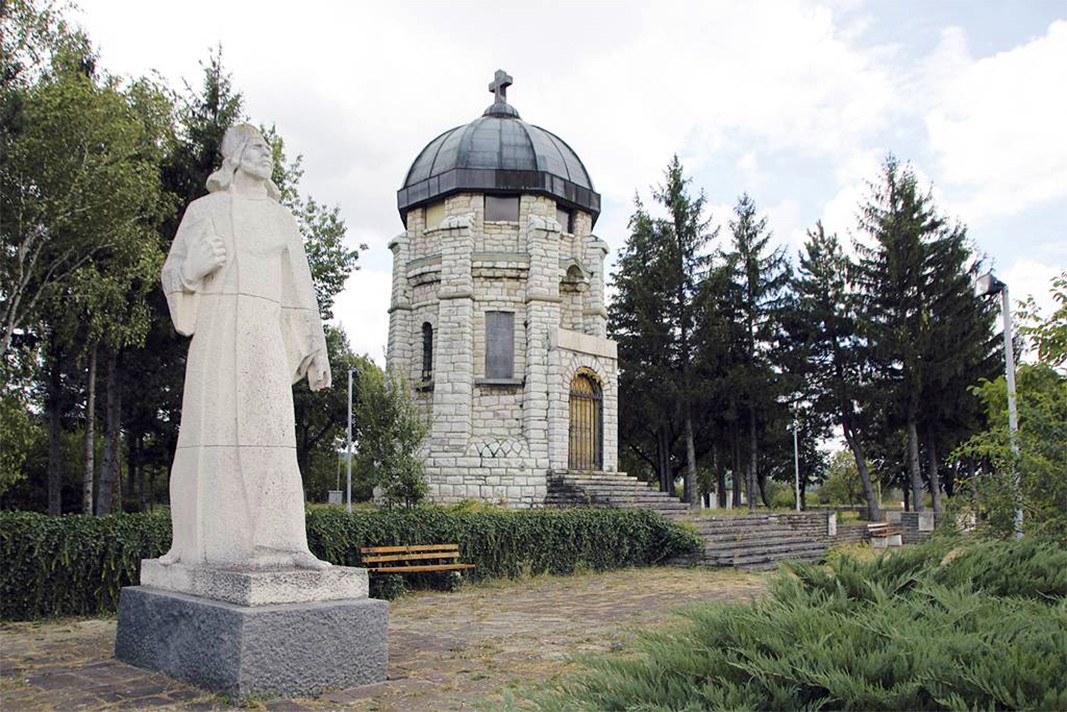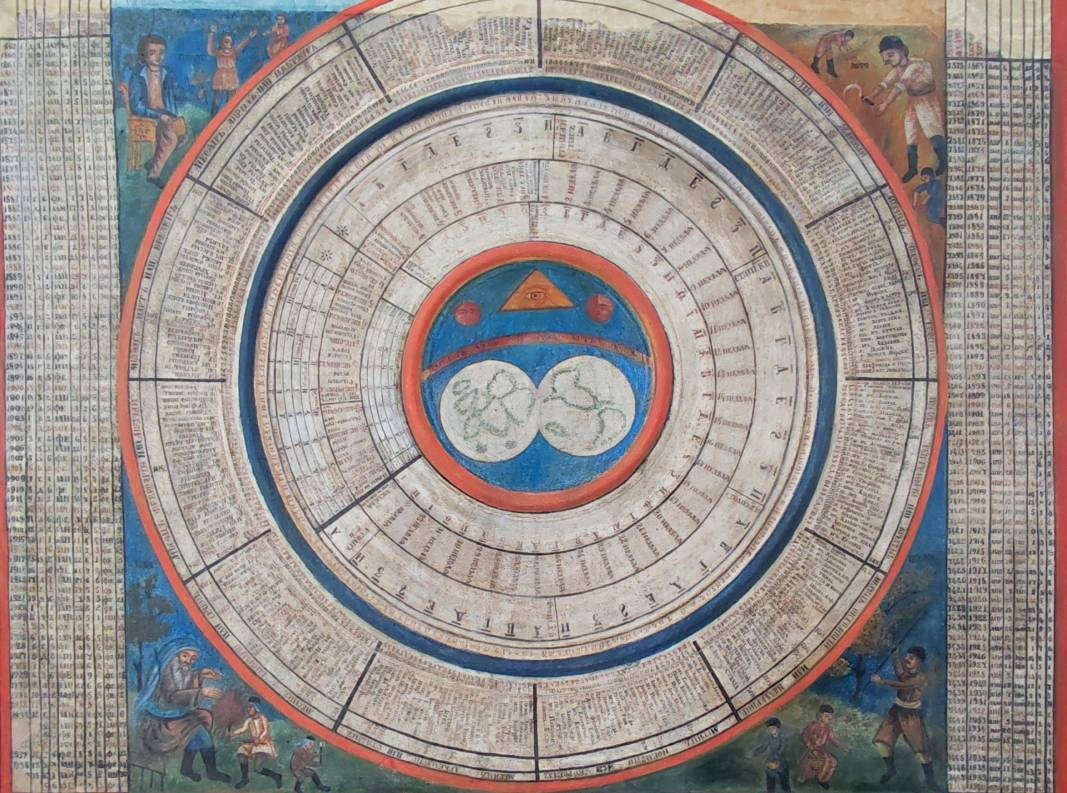Though known mostly as one of the closest associates of Vasil Levski and a dedicated fighter for national liberation, there was actually much more to Father Matey Preobrazhenski (1828–1875) than his revolutionary efforts. Little is known about his genius as an inventor of some incredible mechanisms and structures using little more than his own imagination.
Mono Seizmonov, as was his birth name, had a difficult childhood. Having been orphaned during the plague, he only learnt to read at the age of 18. But his curiosity drove him to seek out knowledge and science. As a novice at Dryanovo monastery and in Mount Athos he devoured encyclopedic works and Greek treatises on medicine, while all the time conducting his own experiments. Plamen Nikolov, curator at the “History of the Bulgarians lands 15-19 century” department at the Regional Museum of History in Dobrich says:
“The evidence we have of his inventions is circumstantial. We know that while he was in Mount Athos he tried to build a mill on the shore of the Aegean that would be self-operated, driven by the energy of the sea waves or the changing tides. And he spent all the money he had on this invention. He constructed models, made drawings and tried again and again. Ultimately, he came up against the retrograde monastic brotherhood in Athos. The Greek monks were far from delighted with what he was doing, and they reported him to the abbot. He had to destroy his work and was forced to leave.”
After his expulsion from Athos, Father Matey wandered the world for a long time, and when he did come home he tried to build a sand-driven self-operated mill. And even though his blueprints have been lost, compatriots of his describe “chutes and basins in the sea” for capturing the sand for generating energy.
“Father Matey actually has come successful inventions to his name. For example, in Mihaltsi (a village near Pavlikeni – editorial note) he invented a water pump operated not by animals but by human hands – probably a piston pump, the kind that are currently used in many gardens. But Father Matey actually reached this idea all by himself thanks to a natural technical inclination of the mind and the knowledge he had acquired in mechanics. His pump was kept in Mihaltsi up until 1934. He used planks and paper to make a model of a perpetual calendar with several movable circles and elements, and when they were adjusted, you could see when the major church feasts will fall up until the year 1940. While he was in Tarnovo, Father Matey made two models of rifles, as his contemporaries say, “flintlocks” which could be loaded from the muzzle, but also from the back.”

But Mitkaloto (Wanderer) as people would call him, also had medical knowledge. He collected recipes for herbs and cures some of which have gone into a book on natural medicine published in 1925. Compatriots of his say that he actually found a herb he used to cure a wound on Vasil Levski’s stomach that wouldn’t heal. So, can we call Matey Preobrazhenski a Bulgarian Leonardo da Vinci?
“One thing is certain – Father Matey had very little access to technical literature compared to Leonardo. He was 100% self-taught, and had to extract his knowledge and technical skills all by himself from the very few books he had access to,” says Plamen Nikolov in conclusion.
Translated and posted by Milena Daynova
Photos: museumpavlikeni.com, dnesbg.com
In popular belief, St George is the younger twin brother of St Demetrius . Ethnographers describe them as Christianised images of mythical heroes - strong, agile and swift. They are victorious, leaping over mountains and seas, releasing the waters,..
"You must have strong faith and pray - then the saint will help you and carry your prayer to God," says Father Georgi Markov of the Church of St. Athanasius the Great in Gorni Lozen near Sofia. He adds that he has often witnessed the miracles of St..
This year, 2025, marks 1160 years since the baptism of our Bulgarian people into the Orthodox faith and 1170 years since the creation of the Bulgarian alphabet and Slavic literature. On this occasion, the Varna and Veliki Preslav Bishopric Metropolis..

+359 2 9336 661
